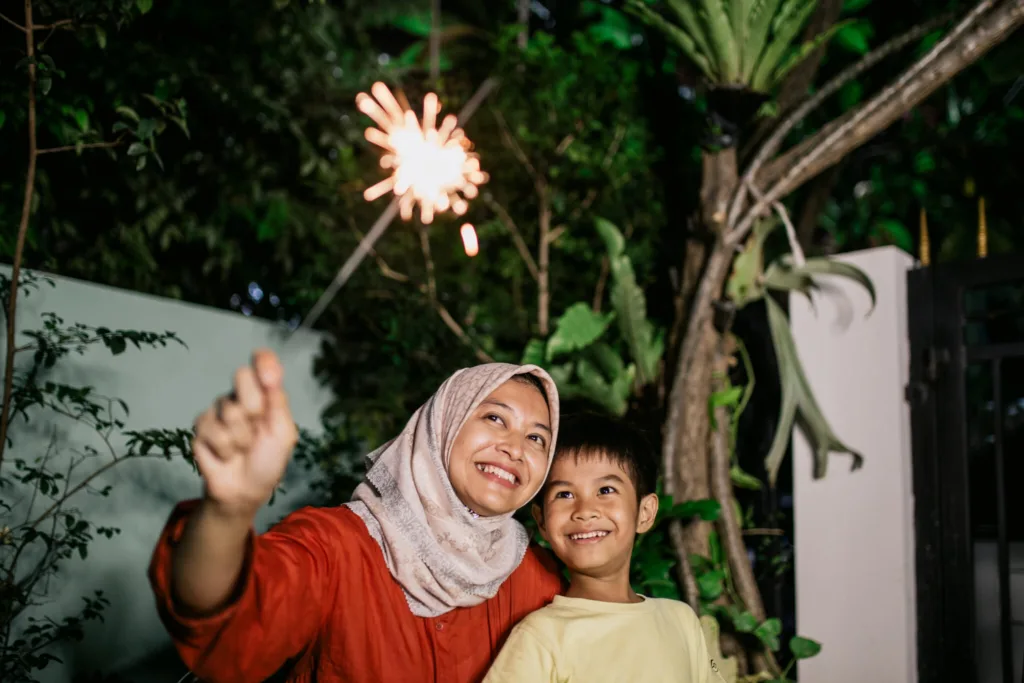The Fourth of July can be a wonderful time to celebrate, but the busy, crowded and loud scenes that accompany firework displays can bring challenges for children with autism spectrum disorder (ASD). However, with some advanced planning, you and your family can modify your Fourth of July celebrations to be sensory-friendly.
Fireworks are traditionally used to mark the Fourth of July, New Year’s Eve and other special occasions. While the bright lights of a firework show are exciting, some may find the loud sounds, bright lights and crowds to be overstimulating and stressful, especially individuals with ASD. The loud noises and explosions can be so overwhelming that many adults living with Post Traumatic Stress Disorder (PTSD) or with sensory sensitives face struggles on July Fourth.
Noise sensitivity reportedly disturbs 20-40% of the general population, with 12-15% suffering high sensitivity. If your child has ASD, consider the following tips to ensure they have a happy Fourth of July.
Create a low-noise backyard fireworks show
If you plan to buy your own fireworks, consider trying “quiet” options compared to standard fireworks (though not technically silent). This way, your child can enjoy the exciting colors of the fireworks display, without the loud and unexpected noises from traditional displays. Truly silent fireworks are nearly impossible. However, low noise fireworks do exist; they are nowhere near the 120-decibel cap placed on traditional consumer fireworks. You can expect roughly 75% less noise. You can also buy hand-held sparklers for your child to control and enjoy in small doses.
Set expectations
Do you plan on attending a traditional fireworks display? One way to build your child’s expectations is to create social stories, look at pictures and practice so they know what to expect.
A social story is a written and graphic description of the social expectations of the event. Outline with pictures how the firework show will impact each of their senses. You can also:
- Show them photos or videos of past firework displays, especially if they have never seen one before. Gradually increase the sound level and length of the segments.
- Try a mock firework show in your own yard prior to the event, to slowly introduce your child to the experience.
- Visit the location in advance to familiarize them with the surroundings.
Come equipped
Bring sensory tools and toys with you. Noise-cancelling earmuffs, earplugs and sunglasses are a great choice to help your child process the sensory-rich noise and light displays and make the event more sensory-friendly. Also, consider bringing a weighted lap pad or weighted blanket as a further calming sensory tool. Choose your spot carefully: picking a less crowded, more comfortable location to watch the show. Fireworks displays can last a while, so be sure to check in often with your child and respond to how he or she is feeling and honor their comfort level, continuing to adjust.

